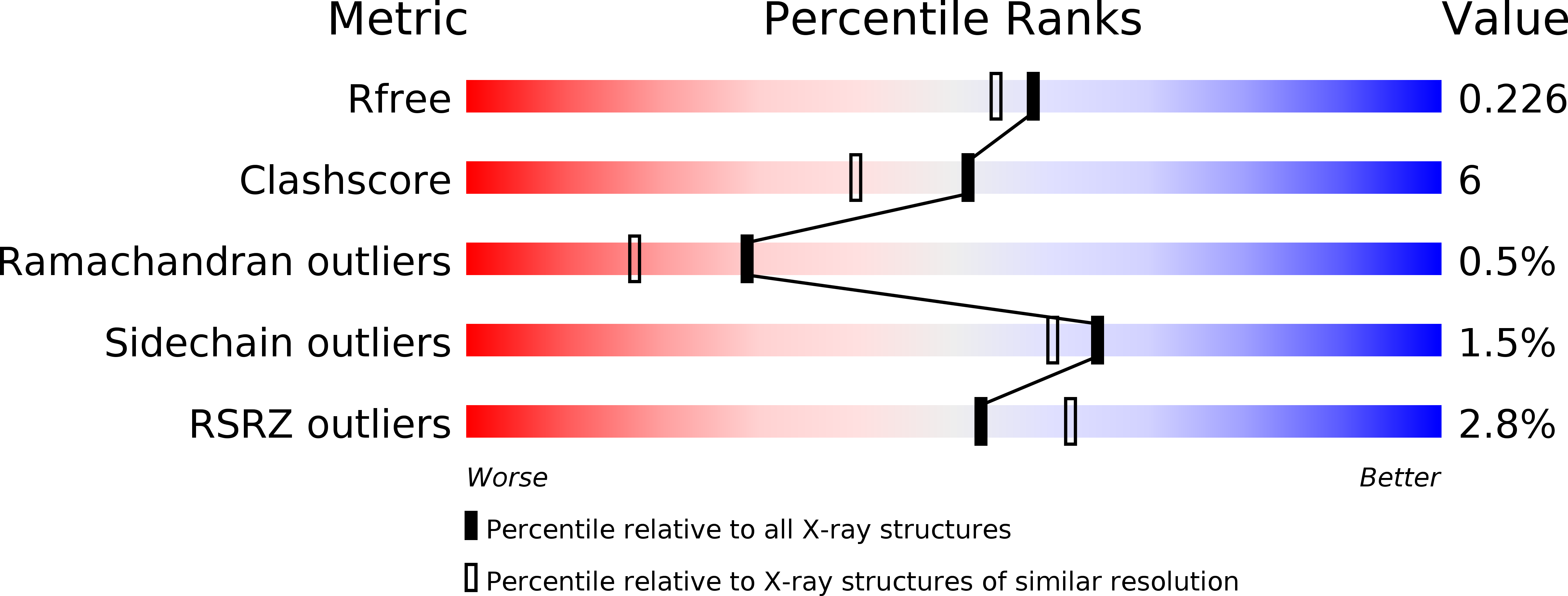
Deposition Date
2019-01-21
Release Date
2020-02-05
Last Version Date
2024-10-09
Entry Detail
PDB ID:
6QIO
Keywords:
Title:
Ternary complex of FcRn ectodomain, FcRn binding optimised human serum albumin and the human growth hormone derivative somapacitan
Biological Source:
Source Organism:
Homo sapiens (Taxon ID: 9606)
Host Organism:
Method Details:
Experimental Method:
Resolution:
1.95 Å
R-Value Free:
0.22
R-Value Work:
0.18
R-Value Observed:
0.18
Space Group:
P 21 21 21


